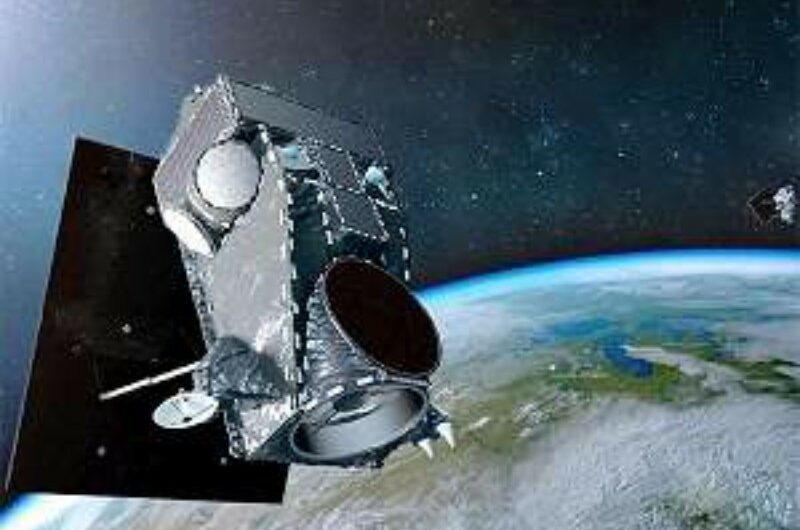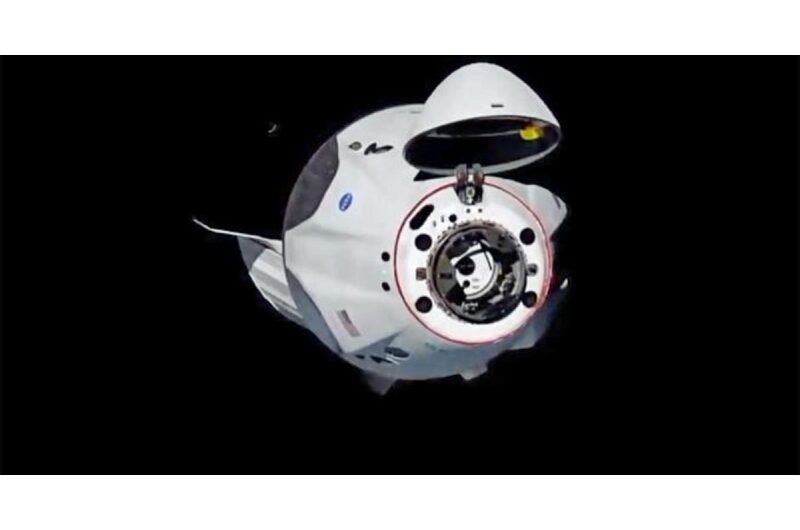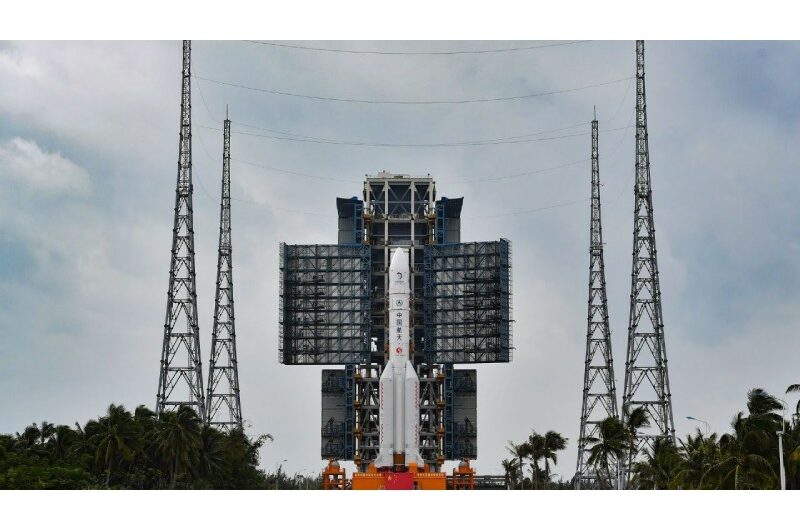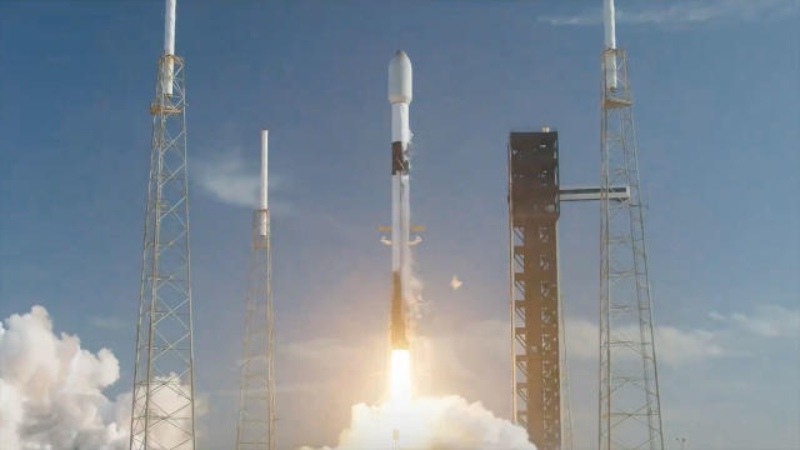Due to circumstances that would make it difficult for SpaceX to retrieve the booster in the Pacific Ocean, the launch of a Falcon 9 rocket from California was postponed until Saturday. With the launch, there will be 22 more Starlink satellites in orbit than there are currently.
The rocket is now scheduled to launch on Saturday, January 13, at 12:59 a.m. PST (3:59 a.m. EST, 0859 UTC), from Space Launch Complex 4 East (SLC-4E) at Vandenberg Space Force Base in California. According to SpaceX, the launch has already been postponed several times, and the delay from Thursday was also caused by bad weather.
Tail number B1061, the first stage booster used in this flight, is about to launch for the eighteenth time. In addition to seven other missions, it has previously launched two astronaut flights, two Transporter ride-share missions, and seven Starlink trips.
It will land on the droneship “Of Course I Still Love You” around 8.5 minutes after takeoff.
For any other launch firm, four launches in two weeks would be an astounding pace, but since one of SpaceX’s East Coast droneships is still sidelined, the company’s launch cadence has slowed down a bit at the beginning of the year.
Droneship “Just Read the Instructions,” B1058, overturned during the recovery procedure after the Starlink 6-36 mission was launched in late December. It has not yet been put back into operation.
Currently, a second Starlink delivery flight from Cape Canaveral is planned for a Falcon 9 later on Saturday at 7:52 p.m. EST (0052 UTC). In order to assist with that operation, the drone ship “A Shortfall of Gravitas” departed Port Canaveral on Thursday night.
Despite not disclosing whether Starlink 7-10 is carrying any more satellites with direct-to-cell phone functionality, SpaceX has made progress in its tests. SpaceX reported in an update on Wednesday that they had successfully used the T-Mobile network to send and receive text messages using Starlink.
“As the global leader in rocket and satellite launch and manufacturing, SpaceX is uniquely positioned to rapidly scale our Direct to Cell network and will rapidly launch a constellation of hundreds of satellites to enable text service in 2024 and voice, data, and Internet of Things (IoT) services in 2025,” SpaceX said in a statement.
The corporation is currently in the process of planning for the first of four planned crewed missions to the International Space Station in 2024. Launch Complex 39A at NASA’s Kennedy Space Center is scheduled to see the launch of the Ax-3 mission, which is being managed by Axiom Space, on Wednesday, January 17 at 5:11 p.m. EST (2211 UTC).
Mission stats
This will be the:
11th orbital launch attempt in 2024
4th SpaceX orbital launch in 2024
4th Falcon 9 launch of 2024
2nd launch from SLC-4E in 2024
62nd SpaceX launch from SLC-4E
130th overall launch from SLC-4E
79th overall landing on OCISLY
206th overall droneship landing
263rd SpaceX booster landing











